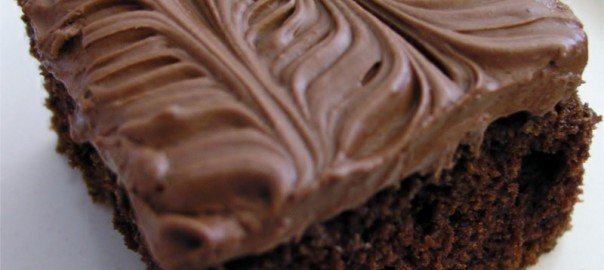I’ve finally found a bread recipe I like. I thought I’d share.
I’ve always been intrigued by the thought of baking my own bread. I’ve tried multiple recipes and techniques multiple times, without finding something that I would be willing to eat on a regular basis.
I took a bread-baking class at the University of Tennessee Culinary Institute that featured the basis of this recipe. I’ve tweaked it and resized it and make it in my [easyazon-link keywords=”Bosch Universal mixer” locale=”us”]Bosch Universal mixer[/easyazon-link] rather than by hand.
In class we had access to a high-gluten flour which I cannot find in any grocery store, so I have changed my recipe to use vital wheat gluten with regular bread flour. This produces a product that is close enough to the original for me.
You can make a slightly leaner dough by eliminating the butter. Or you can add a bit more butter, honey and water and come up with a softer dough more suitable for cinnamon rolls.
Substituting 1/3 whole wheat flour for an equal amount of bread flour works wonderfully also.
|
1 loaf |
2 loaves |
|
24 oz |
48 oz |
| Honey |
38 grams |
76 grams |
| Salt, Kosher |
6 grams |
12 grams |
| Bread Flour |
338 grams |
676 grams |
| [easyazon-link keywords=”Vital Wheat Gluten” locale=”us”]Vital Wheat Gluten[/easyazon-link] |
21 grams |
42 grams |
| [easyazon-link keywords=”Instant Yeast” locale=”us”]Instant Yeast[/easyazon-link] |
10 grams |
20 grams |
| Water |
112 grams |
224 grams |
| Eggs |
2 |
4 |
| Unsalted butter, melted |
49 grams |
98 grams |
I throw all the ingredients into my Bosch Universal (or Bosch Compact, or DLX Assistent) and, after everything has come together, allow the dough to knead for about 8 minutes or so.
I then lightly oil the dough and cover it and allow it to proof (raise or ferment) until it has about doubled in size. I will then punch it down and roll it into a tight log the length of my [easyazon-link keywords=”loaf pan” locale=”us”]loaf pan[/easyazon-link]. It then gets loosely covered and allowed to proof again until it is about an inch to inch and a half above the rim of the pan.
Then I bake it for 20 minutes in a 350 degree oven. Remove from the pan immediately and allow to cool an an elevated cooling rack.
After 20 minutes, you should have a nicely browned loaf that will sound hollow when thumped on the bottom. For rich doughs like this you would be looking for a temperature somewhere around 180 degrees Fahrenheit. Keeping it below the traditionally-quoted temperature of 195-200 degrees will prevent the bread from being too dry.
My challah loaves as they come out of the pan:


The following two pictures show braided challah that I did in class at the UT Culinary Institute:
















